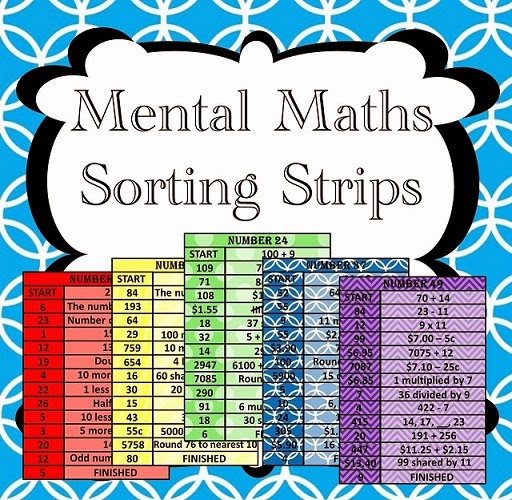For most of us it's that time of year to start writing reports. Queue the sighs of thousands of teachers. But it really doesn't have to be an inordinately difficult or time consuming task.
I am that teacher other teacher's hate. I make reporting look like a breeze and am usually one of the first to finish. Today I am sharing my secrets!
1. PLAN PLAN PLAN PLAN PLAN!
Good planning is the key to easy reports! Make sure you are regularly doing tasks that can double as assessments. Monitoring your students progress allows you to develop a feeling about each students grade level. It is also not fair on the students to expect them to do a lot of hardcore assessments all around the same time. Remember in uni when it seemed all your assessments were due at the same time? No one liked that!
2. Choose the Right Major Assessments
You will have to ask your students to do a few large tests right before reports are completed. Pick broad ones that encompass a lot. The results from these should support the grade level your students have been displaying already and be the evidence you place in assessment folders to show parents. My main assessments are an all round maths test (for year 3 semester 1 I use a past NAPLAN test as they complete this anyway for a practice, for semester 2 I use my specifically designed
Year 3 ACARA test), PM Benchmark (running record) for reading, a writing sample (usually persuasive in semester 1), an observation sheet for speaking and listening and unit tests for all other subject areas. If linked to the curriculum they also become your comments!
3. Store Your Major Assessments in a File
My students have a portfolio that I store all major assessments in. These files are great to pull out to show students and/or parents how they are progressing and ....great to use to write your reports. Once all the key assessments are in there use these to write your report comments. Your comments need to show what students can and can't do but this does not need to come out of a variety of assessments. Save yourself lugging a hundred exercise/scrap books home or piles of paper.
4. Trust your gut!
No-one knows a students ability better then their teacher. You will know whether a child's performance in the major tests match their typical performance. Check your other assessment results if anything seems unusual or inconsistent. Moderate with other teachers to ensure your expectations of a C grade match others or check online samples for your state.
5. PLAN PLAN PLAN!
Yep, planning again! It really is the key! I plan out Term 2 to ensure I break up my reporting load evenly. You DO NOT want to leave it to the last minute. Below is my timeline and reasons why I do it in that order.
Term 2
Week 1- revise work from term 1 to get students brain juices flowing
(assessing here would not produce accurate results)
Week 2- Start major assessments
(I start PM bench marks first as these take a lot of time to complete)
Complete Attitude, Behaviour and Efforts
(I find starting with the easiest thing gets me into the reporting mind set and starting is always the hardest part)
Week 3 - Maths assessments
(I write my maths comments first so it makes sense to do the maths assessment first)
Begin writing general comments
(I go to them next because you don't need assessments to write them. I also find them the hardest and most time consuming. More tips to come soon on making these easier to write)
Week 4 - Writing assessments
Finish writing general comments
(Allowing more then one week to write comments cuts you some slack if you have a busy week or just can't get into the frame of mind)
Start writing maths comments
Week 5 - Finish writing maths comments
Start English comments (I leave English to last as I find it is the subject students can change most in within a few weeks so leaving them to last makes them more accurate)
Week 6- Finish English comments
Enter grades onto reporting system including effort
Week 7- Buffer week for anything not yet finished. Check everything is still accurate.
Reports due at end of week
6. Stick to your Plan
Of course if you finish anything early bring up your schedule but try not to give yourself excuses to get behind.
I will be posting some specific tips for each subject area comment soon so follow this blog or like my facebook page





























































